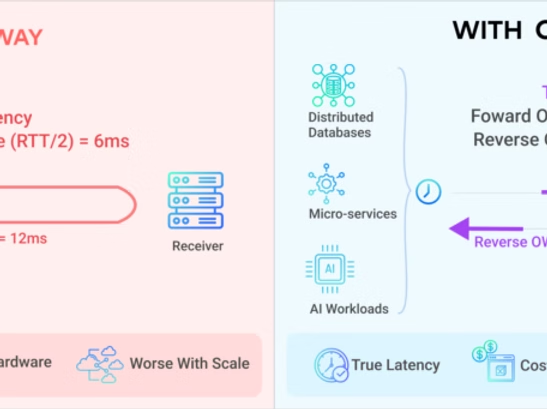Featured Posts
All Posts

Reimagining PyTorch Training Efficiency: Seeing Every Iteration, Everywhere
Read More

Maximize GPU Efficiency: Smarter Fixes for Checkpointing Challenges
Read More

Turn the clock forward on AI innovation – and maximize your GPU capacity utilization.
Read More

Quantifying and Accelerating the Advantage of Real-Time Business Performance
Read More

Latency: The Critical Edge for Crypto Arbitrageurs and High-Frequency Traders
Read More

Tackling Hidden Network Congestion in Kubernetes Clusters with Clockwork
Read More

Simplifying High-Accuracy Timestamping Across Hybrid Networks Without Costly Hardware
Read More

Why One-Way Latency Measures Are Critical For Distributed Databases, Microservices and AI Workloads
Read More

Guarantee your application performance with host-based QoS
Read More



